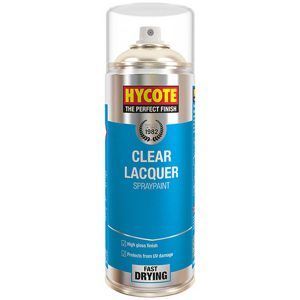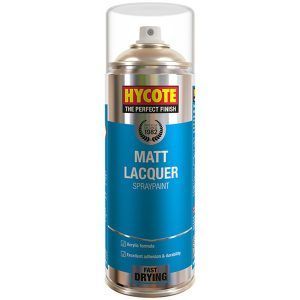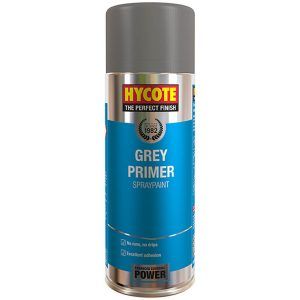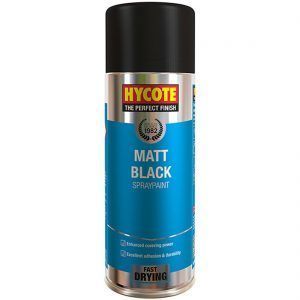
Process
At Retro Reproductions, we use our expertise to reverse engineer and re-manufacture obsolete plastic and rubber retro and classic car components.
Many of the parts we have developed are scarce and we understand the difficulties in sourcing parts of a good quality, if at all. Our specialist low volume production processes lend itself to the demand of the items and we manufacture in-house in Birmingham.
We are interested in talking to Owners’ Clubs and classic part suppliers to find out if there any other parts that are unobtainable. Our goal within our reproduction is to ensure preservation of unique and historic vehicles.
PROCESS
Option 1
Mid to high volume Production
This usually consists of reverse engineering the original component, via scanning and CAD model rebuild. A steel or aluminum injection mould tool will then be manufactured from the 3D CAD model. Parts will then be injection moulded using a variety of grades. This is the most costly process up-front; however, if the volume is higher then long term, this is often the most economical route.
Option 2
Low to Mid Volume Production
This consists of reverse engineering the original component, via scanning and CAD model rebuild (as per option 1). A machined resin tool will then be manufactured from the 3D CAD model. Parts are then moulded in engineering and performance grade polyurethane resins – by hand – using the Reaction Injection Moulding process (PU RIM). The tooling capital of this route is 10-20 times lower than injection moulding tooling yet the piece price is around 10 times higher, due to the labour-intensive nature of the process.
Option 3
Low volume
(Larger Components)
This option uses original parts as a master to produce tooling, in either silicon to GRP. This route can only be taken if the parts are free from imperfections or can be refurnished to appear new, as the tooling will create direct clone of the master/original parts. The GRP tooling will last much longer than the silicone tooling but the flexible nature of the silicone tooling can produce components that GRP cannot. Much like option 2, the components are produced using the PU RIM process. This is the cheapest route for tooling; however, these tools will not last as long as the machined tools and may need to be replaced long term.
Option 4
Low volume
(smaller Components)
This option uses an additive manufacturing technique (3D printing) to process smaller components in high performance polymers. No tooling is required for this production route, but 3D CAD data is needed. Again, as per options 1 and 2, reverse engineering by scanning and CAD modelling is how this would be achieved. If the components require a smooth A-surface finish, ready for painting, then this route may not be suitable. This route is only really suited for smaller components (such as clips and caps) due to the build platform on the 3D printing machines.
Option 5
Low volume
(Clear Plastics)
Similar to option 3 and the silicone tooling, we can use a perfect original part to create a silicone mould. We then use the vacuum casting process to cast optically clear resin into the moulds to re-produce items such as head lamp lenses and other clear or tinted parts. It is important to note that the silicone moulds do have a limited life cycle, due to the gloss finish required to produce the clear mouldings.
Latest Products
Loading...





